
Living in a high humidity environment can be both a blessing and a challenge, especially when it comes to selecting the right houseplants. The good news is that many plants thrive in such conditions, making your living room not just a tropical paradise but also a healthier living space. In this guide, we will explore some of the best plants that flourish in high humidity and how to care for them.
Why High Humidity Plants Matter
High humidity is often associated with tropical environments where many plant species naturally thrive. Such plants have evolved to absorb moisture from the air, making them excellent choices for rooms with high humidity levels. These plants not only add aesthetic value but also improve air quality by reducing pollutants and increasing oxygen levels. Moreover, they can help maintain the humidity levels in your home, creating a more balanced indoor climate.
Top Plant Choices for High Humidity Living Rooms
1. Boston Fern (Nephrolepis exaltata)
The Boston Fern is a classic choice for high humidity areas. Known for its lush, arching fronds, this plant is a natural humidifier, releasing moisture into the air. It thrives in indirect light and requires consistently moist soil. Regular misting will keep the fronds healthy and vibrant.
2. Peace Lily (Spathiphyllum)
The Peace Lily is not only beautiful with its glossy leaves and white blooms, but it is also an excellent air purifier. It prefers a warm, humid environment and low to medium light conditions. Keeping the soil moist and occasionally wiping the leaves will ensure it remains healthy.
3. Monstera Deliciosa
Popular for its large, split leaves, the Monstera Deliciosa is a tropical plant that thrives in humid conditions. It enjoys indirect sunlight and a well-draining potting mix. Regular watering and occasional feeding will encourage growth, making it a stunning focal point in your living room.
4. Swiss Cheese Plant (Monstera Adansonii)
Similar to its cousin the Monstera Deliciosa, this plant is known for its unique fenestrated leaves. It thrives in high humidity and indirect light. Keeping the soil evenly moist and providing a moss pole for climbing will help it flourish.
5. Bird’s Nest Fern (Asplenium nidus)
This plant is ideal for adding a touch of greenery to humid rooms. It prefers medium to low light and requires a humid environment to thrive. Regular misting and keeping the soil slightly moist are key to maintaining its vibrant green leaves.
Caring for High Humidity Plants
While these plants are well-suited for high humidity environments, they still require care to ensure optimal growth. Here are some tips:
- Light: Most high humidity plants prefer indirect light. Direct sunlight can scorch their leaves, while too little light can stunt growth.
- Watering: Consistent moisture is key. However, avoid waterlogging the soil, which can lead to root rot.
- Humidity: Regular misting or using a humidifier can help maintain the necessary humidity levels.
- Feeding: Occasional fertilizing during the growing season can provide essential nutrients for healthy growth.
Conclusion
Choosing the right plants for a high humidity living room can transform your space into a lush oasis. By understanding the needs of each plant and providing the right care, you can enjoy the myriad benefits they offer, from improved air quality to enhanced aesthetic appeal. Whether you have a penchant for ferns, lilies, or monsteras, there’s a perfect plant waiting to thrive in your humid home environment.
Living in a high humidity environment can be both a blessing and a challenge, especially when it comes to selecting the right houseplants. High humidity is often associated with tropical environments where many plant species naturally thrive. The Boston Fern is a classic choice for high humidity areas. The Peace Lily is not only beautiful with its glossy leaves and white blooms, but it is also an excellent air purifier. Choosing the right plants for a high humidity living room can transform your space into a lush oasis. 
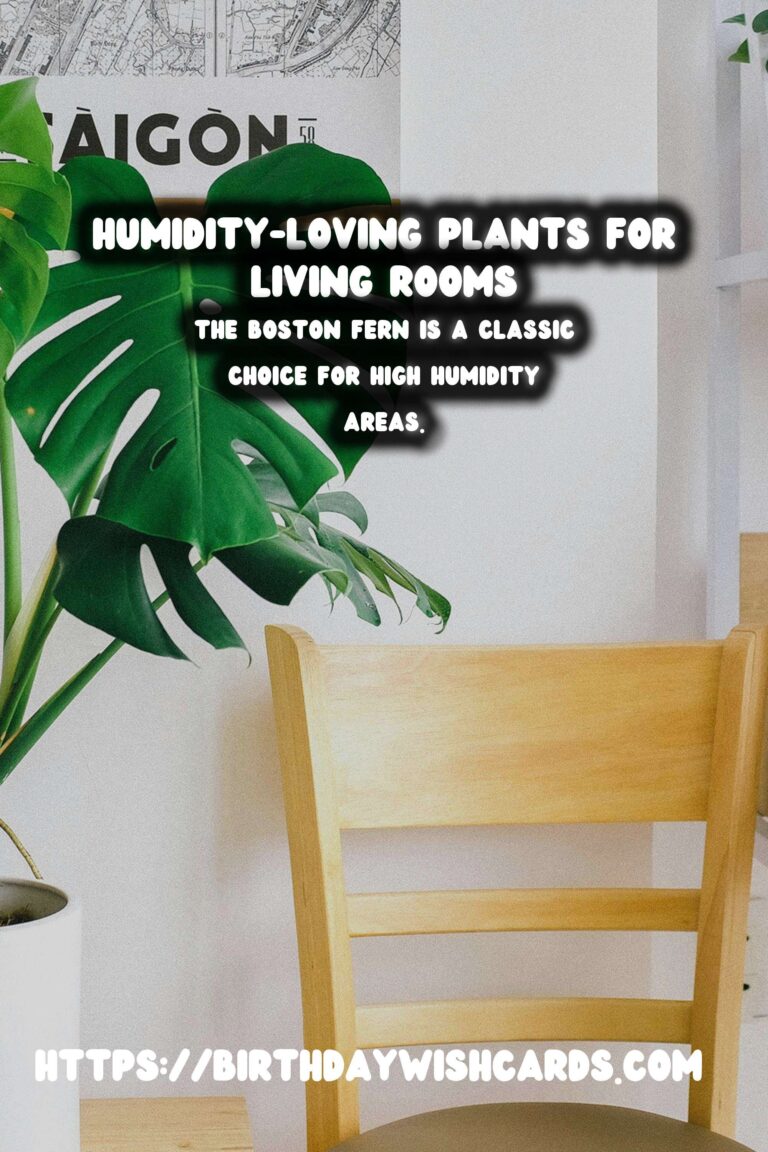
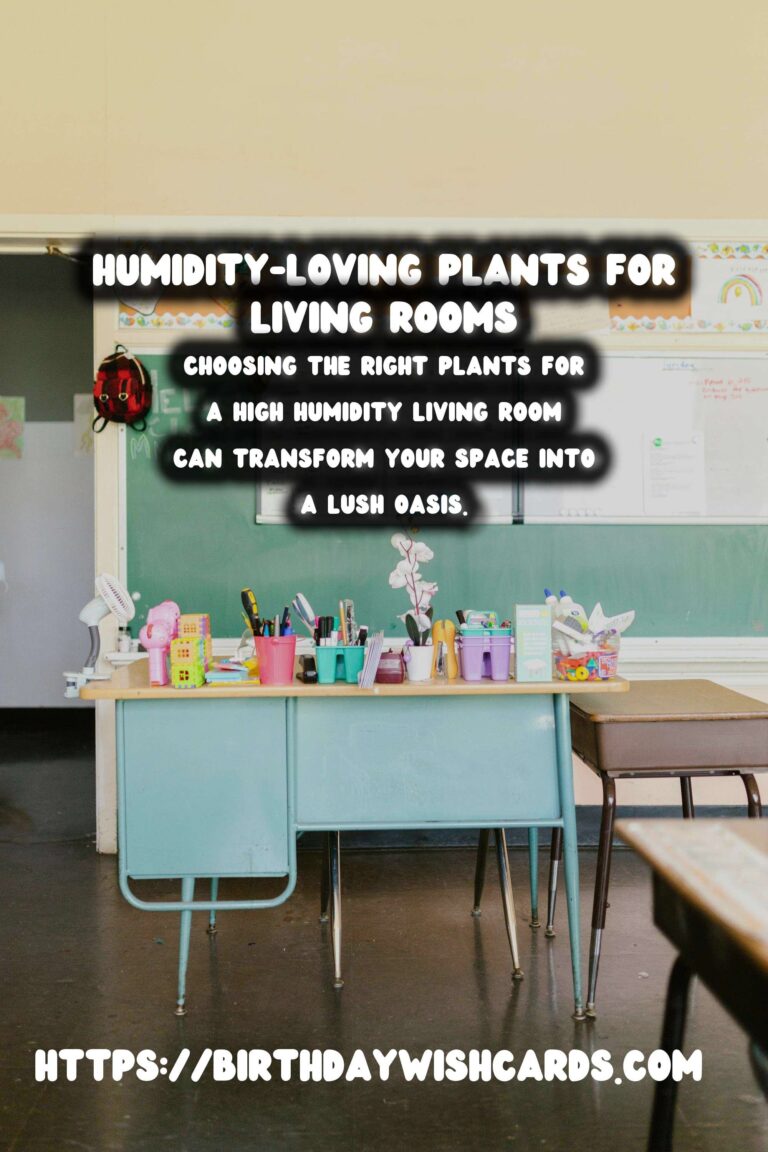
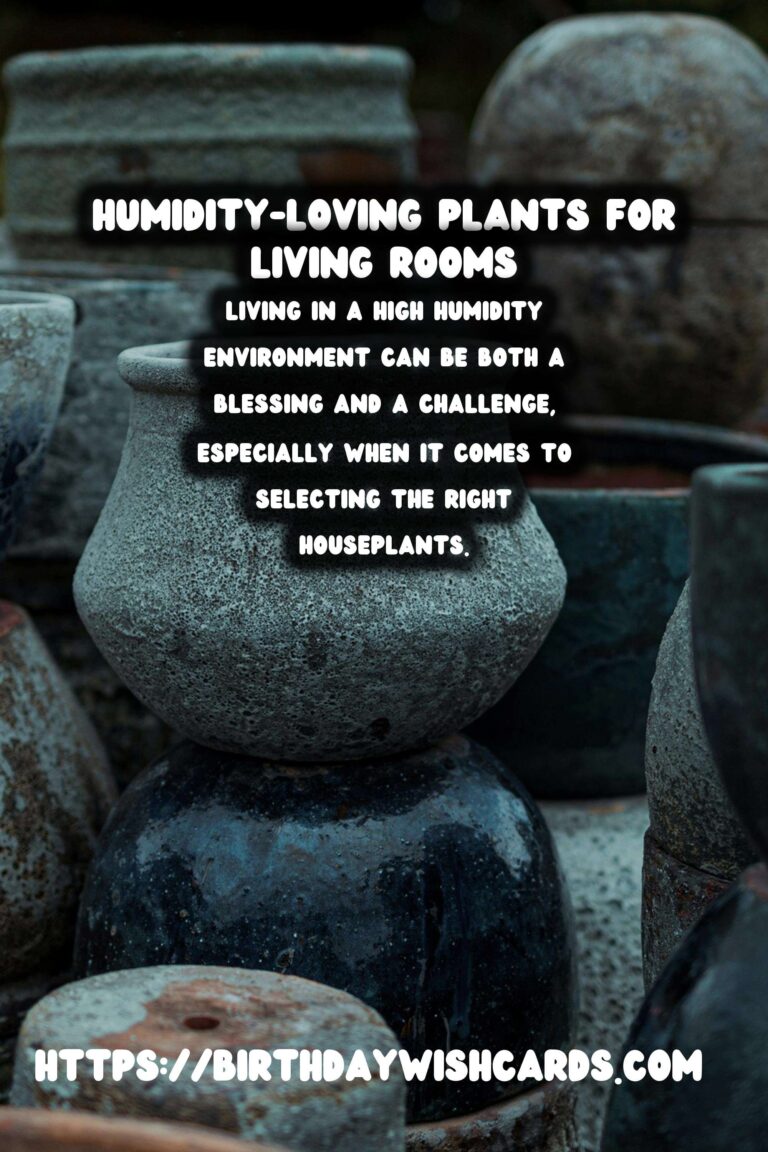
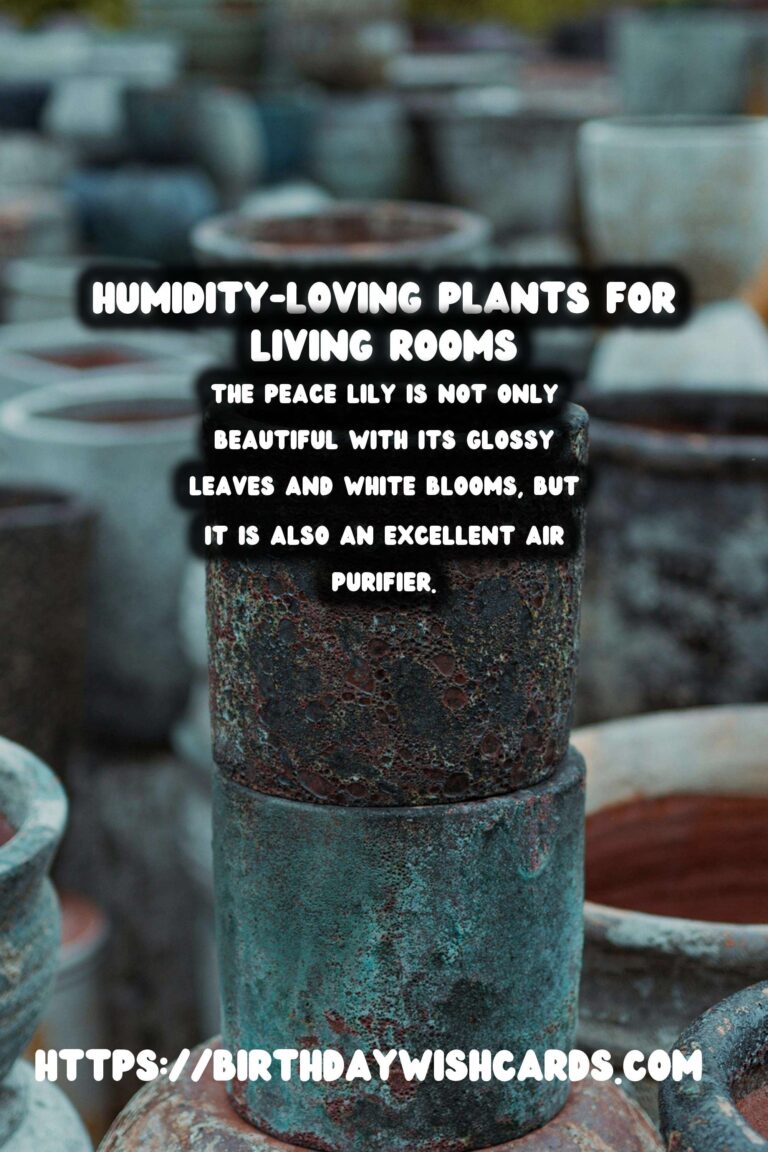
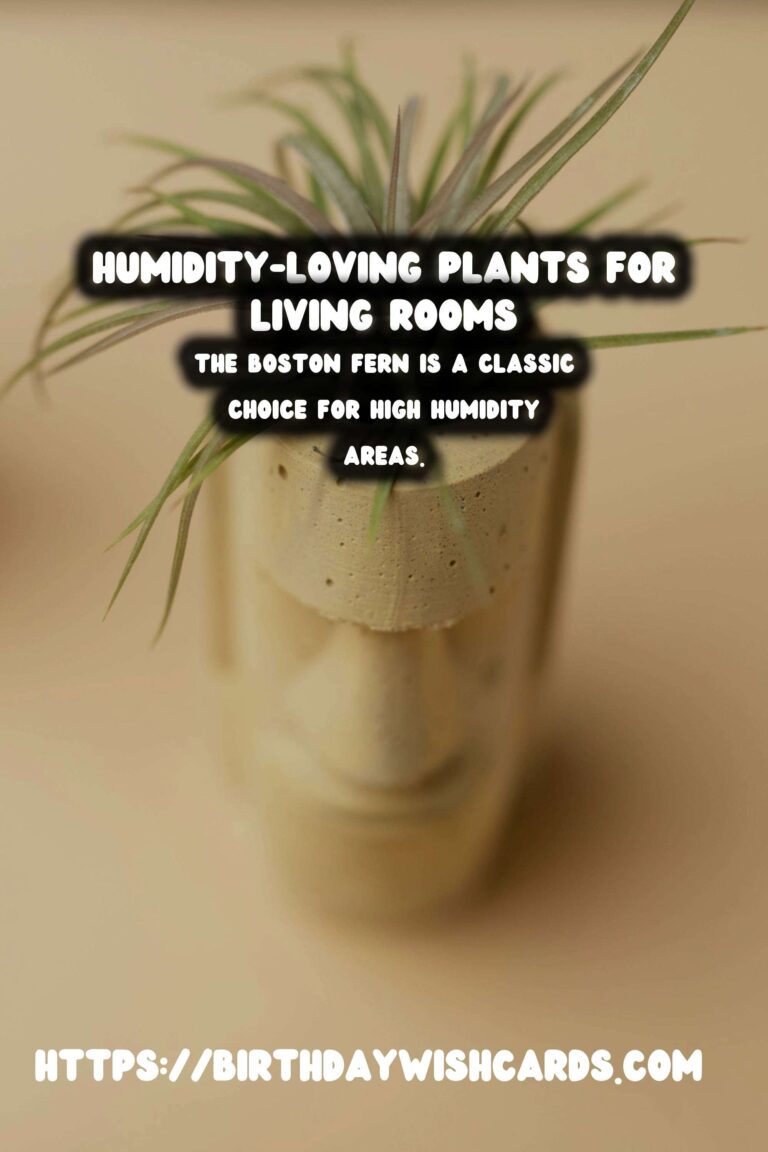
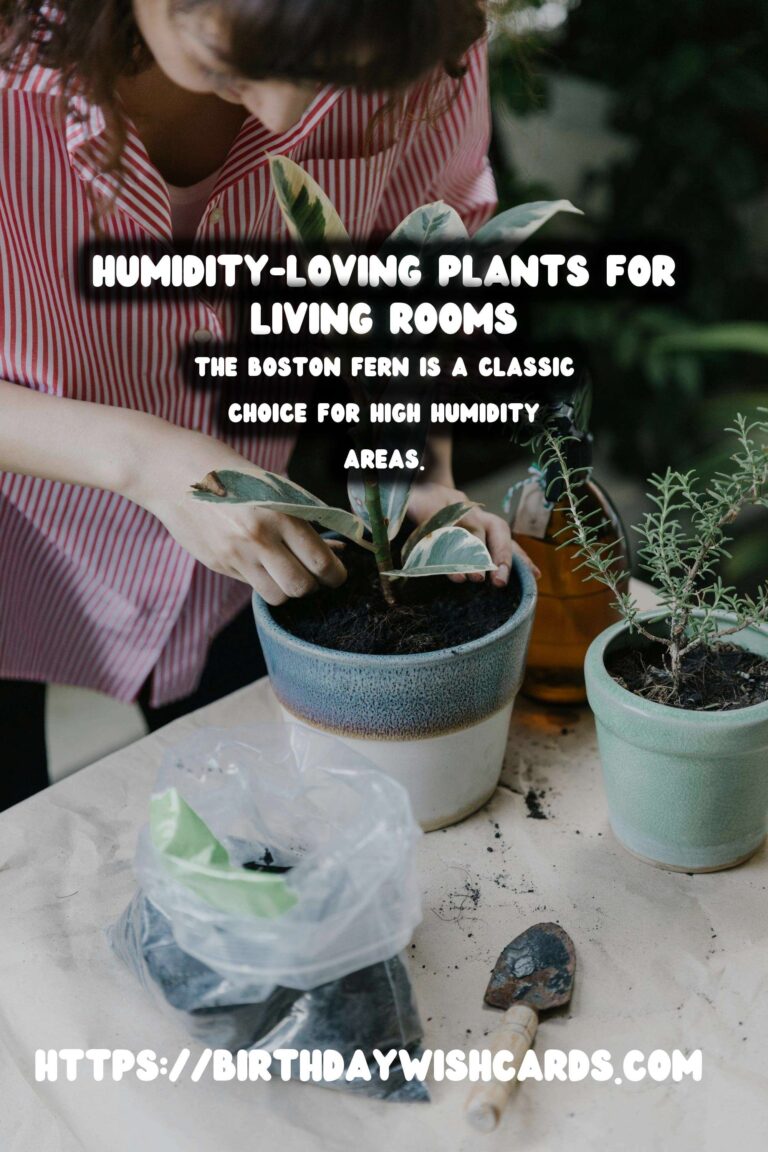

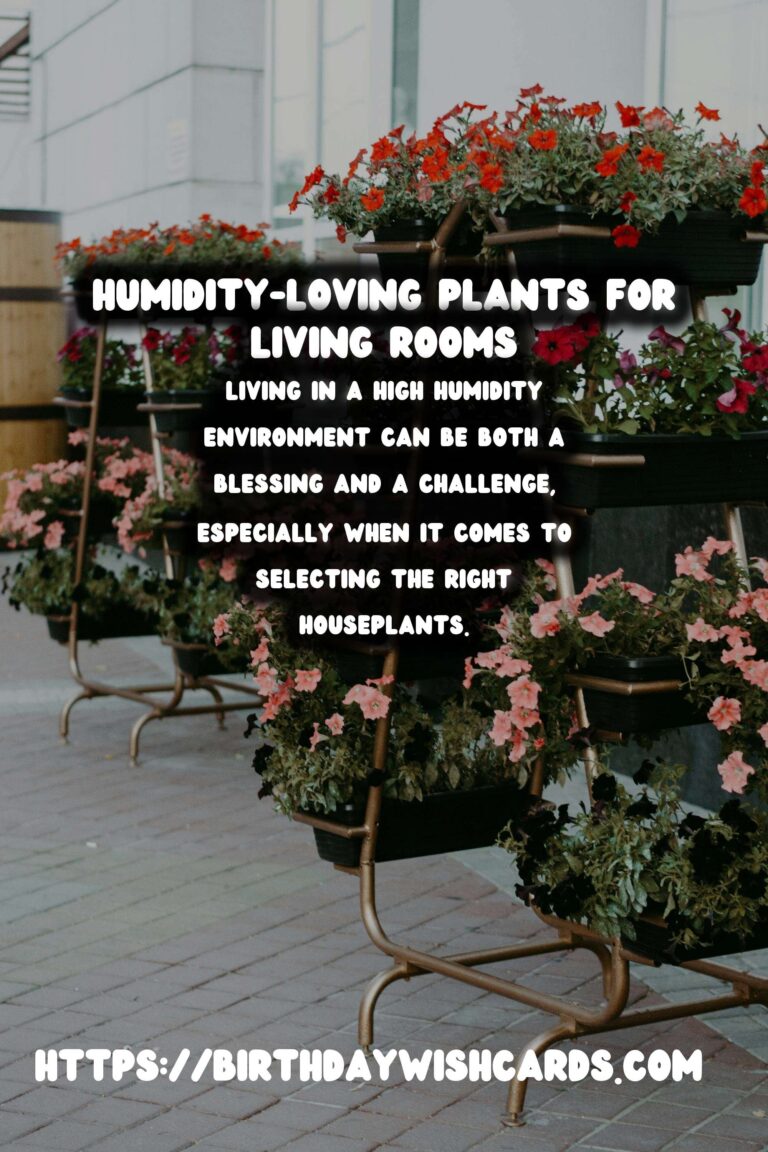
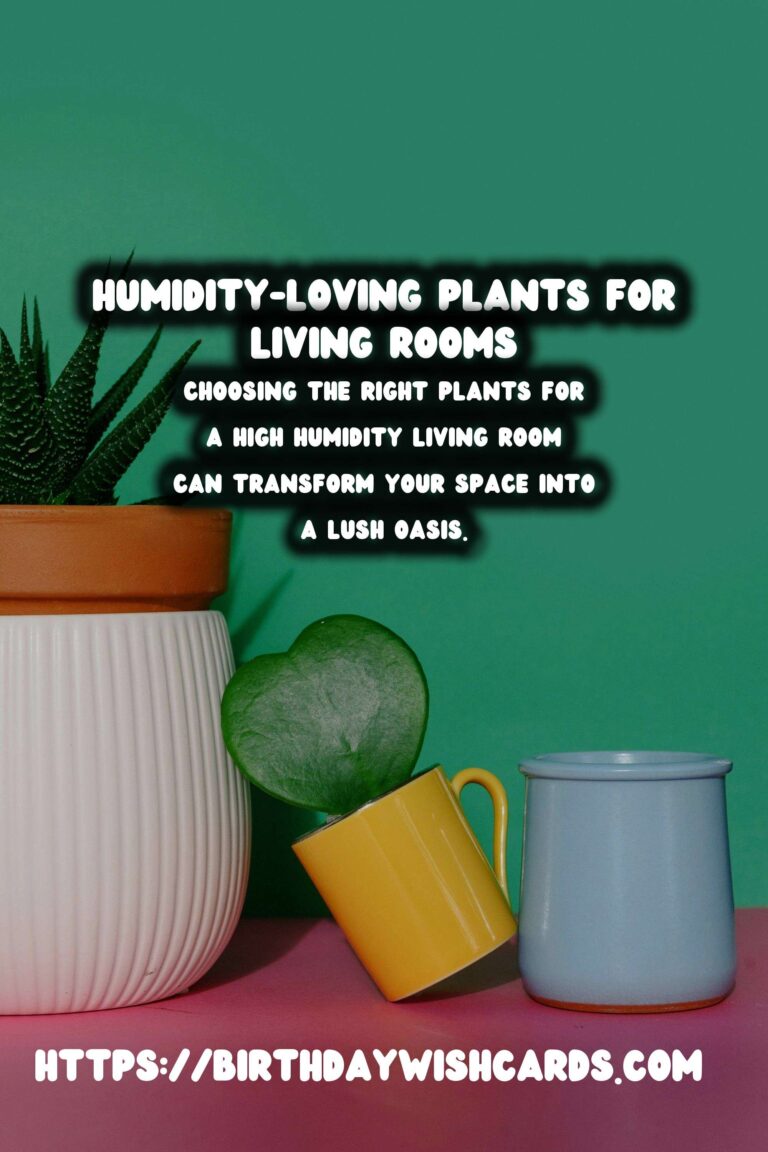
#Plants #Humidity #LivingRoom #IndoorPlants #HomeDecor #TropicalPlants




